The Jewish holiday Purim starts on March 16. Here's what Purim is and how to celebrate it.
Gabbi Shaw

- Purim is a Jewish holiday that falls in February or March.
- While it's known as the holiday when Jewish people dress in costumes, there's more to it than that.
What is Purim?
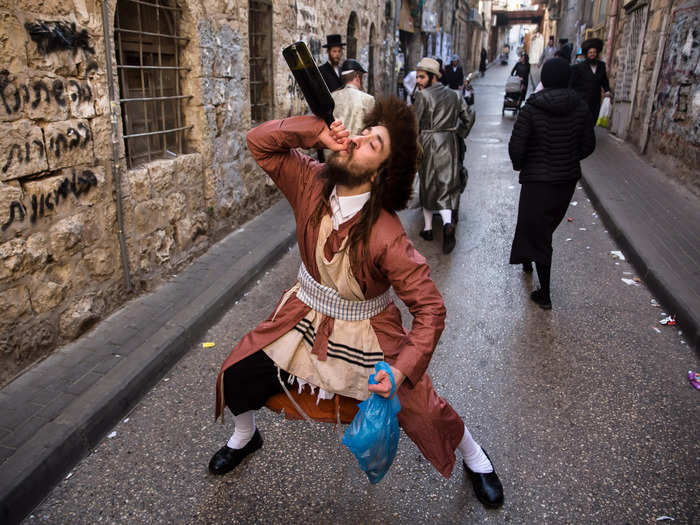
Purim is a Jewish holiday that, this year, begins at sunset on March 16 and ends at sunset on March 17 — the Jewish calendar is based on a lunar calendar, which is why Jewish holidays begin at sundown.
Many people tend to simply explain Purim away as "Jewish Halloween" because part of celebrating is dressing up in costumes and drinking a little extra, but there's a rich history behind Purim and some customs that you might not have heard about before.
"The real lesson of Purim is that appearances are not everything and that God oftentimes operates behind the scenes and we can't always directly perceive the intervention in our lives," Rabbi Joshua Maroof told The Washington Post.
When is Purim?
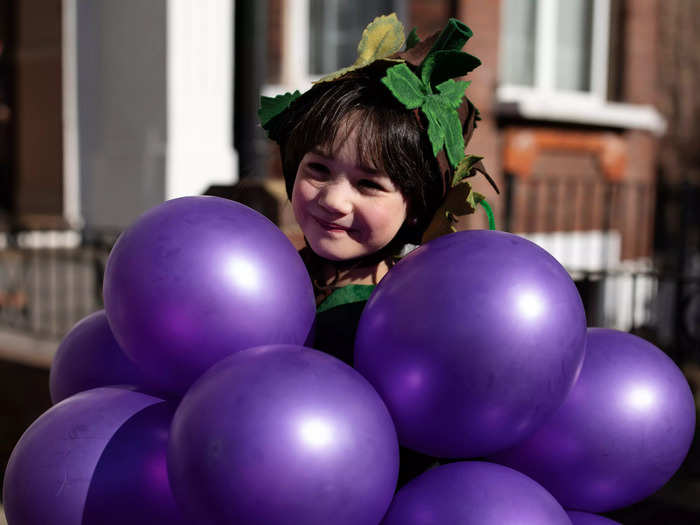
This year, Purim is March 16 and 17. But, as stated, the Jewish calendar operates on a different schedule than the US calendar, the solar Gregorian calendar. So Jewish holidays don't always land on the same day every year.
According to the Hebrew calendar, Purim lands on the 14th day of the month Adar, which is the sixth month of the (Jewish) year. Adar roughly corresponds to March in the Gregorian calendar, give or take a few days.
The date, if you go off Purim's history, is the day the Jews were saved from getting killed by the evil Haman.
What is the history behind the holiday?
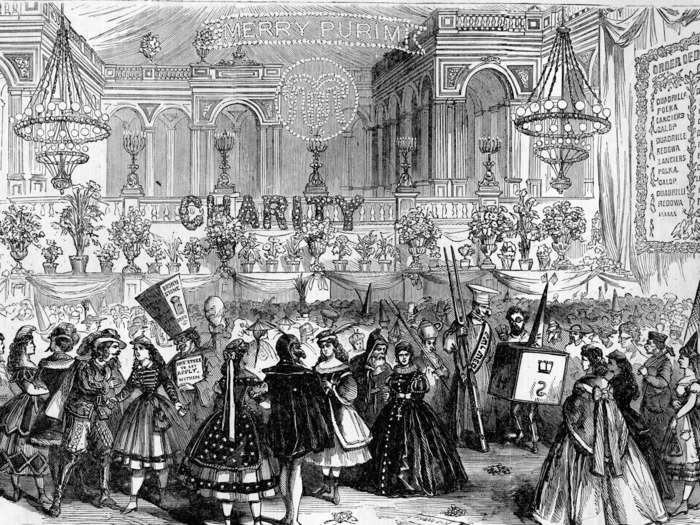
To put it as briefly and simply as possible: Purim, which means "lots" (as in lottery) in Hebrew, tells the story of cousins (or uncle and niece, depending on what you believe) Mordecai and Esther, two Jews who were living in a Persian kingdom in the 5th century BC.
The king, Ahasuerus, put out a call for a new wife after his current spouse, Queen Vashti, refused to show off her beauty for the people — there are a few interpretations of these events — and ended up choosing Esther, who didn't disclose her religion.
Separately, Mordecai discovered a plan to kill the king and saved his life (though the king was not told). Mordecai, sitting outside the palace gates, refused to bow to the king's viceroy, Haman. Haman was so offended by this that he decided to kill not just Mordecai, but all the Jews living in the kingdom. The king allowed this because he didn't know about Esther's heritage or Mordecai's heroism. Haman picked the date of the extermination by ... wait for it ... using lots, and the date was set for the 14th of Adar.
Mordecai implored his cousin/niece to ask the king for mercy, and Esther eventually obliged after praying and fasting. Esther, during a feast, revealed her Jewish heritage to the king and asked that her people be spared. The king, furious at Haman, allowed Haman to be hung from the gallows he had constructed for Mordecai, and the Jews were saved from extinction yet again, l'chaim.
How do you celebrate Purim?
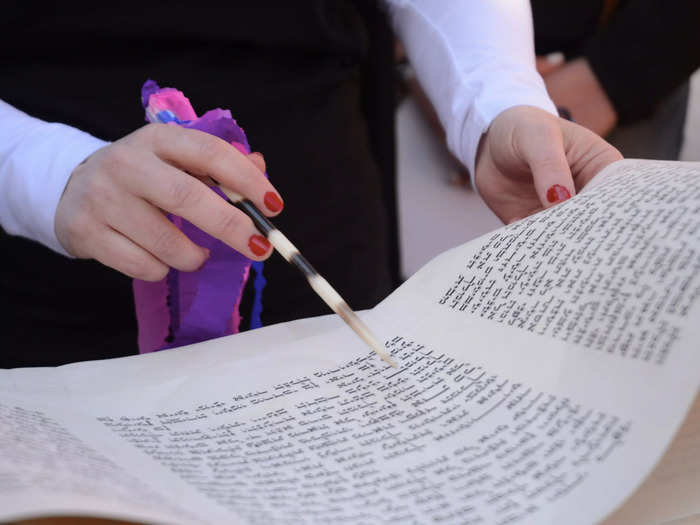
There are traditionally four tasks, or "mitzvot" (Hebrew for commandments) that are part of celebrating Purim:
- Listening to two public readings of the Book of Esther (the Megillah, in Hebrew).
- Sending gift baskets of food, candy, etc. to your friends and family, called "mishloach manot" in Hebrew.
- Giving to the poor.
- Eating a "festive meal."
So, is it like a Jewish version of Halloween?
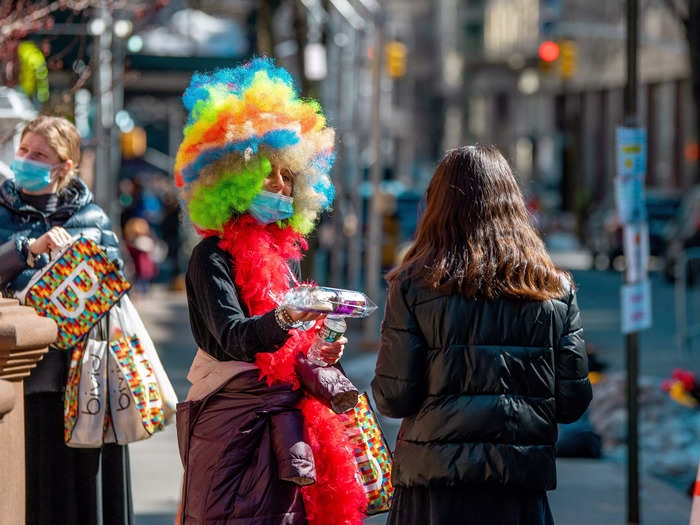
Much like Hanukkah has been called the Jewish version of Christmas, Purim gets compared to Halloween because of the dress-up aspect of the holiday.
However, while Halloween is concerned with saints, spirits, and knocking on strangers' doors to receive candy, Purim is a little more complex.
The reason Jewish people dress up on Purim is ... well, actually there's no one reason. There are a few theories, though.
According to Chabad, Jewish people dress up for one of four reasons. First, to hide themselves, much like God hid himself during the events of Purim. Unlike many other biblical miracles that involve parted seas and burning bushes, the miracle of Purim is very grounded: One woman stood up for her people and saved them.
Some other explanations: Since Jewish people were hiding their religion during the events of Purim and God was hiding his intentions, the Jewish people still mask their true identities in Purim; because part of Purim is handing out charity, people dress up in different clothes so that poorer people don't feel embarrassed; or because part of the Purim story was the king dressing up Mordecai in his clothes to honor him, Jews now dress up to celebrate that.
Also, of course, Halloween is all about getting candy, while Purim is all about giving it away.
I've heard about "graggers." What are they?

Great question. Graggers are noisemakers. When the Megillah is read during services, it's custom to shake your graggers, boo, or generally make some type of noise whenever Haman's name is said to drown it out. He's named 54 times throughout the story.
Purim services are the most fun for kids to sit through for this reason.
What do you eat on Purim?
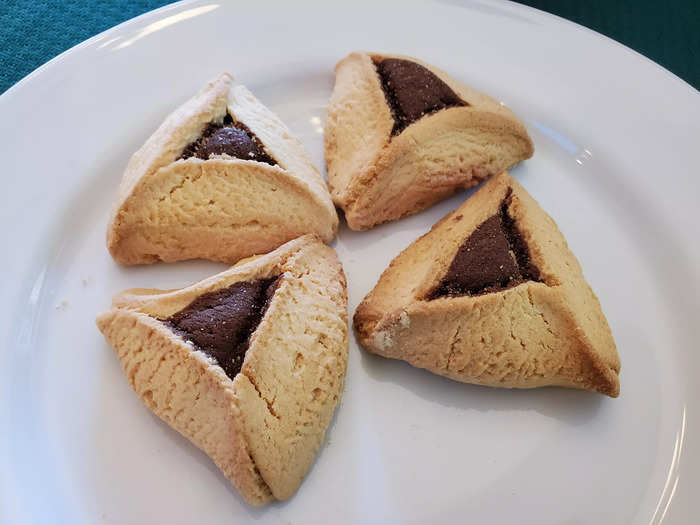
One of the most famous snacks on Purim is the hamantaschen, a triangular shaped cookie that has some sort of filling in the middle. The most popular fillings are apricot, chocolate, strawberry, raspberry, and fig, but really anything can go inside.
The story goes that hamantaschen are based on Haman's famous triangular hat, or his ears. Either way, it's to signify the victory over Haman.
The only other thing that's required on Purim is alcohol. In the Talmud — the primary basis of rabbinical law — Jewish people are actually instructed to drink so much that they forget the difference between good and evil.
READ MORE ARTICLES ON
Popular Right Now
Popular Keywords
Advertisement